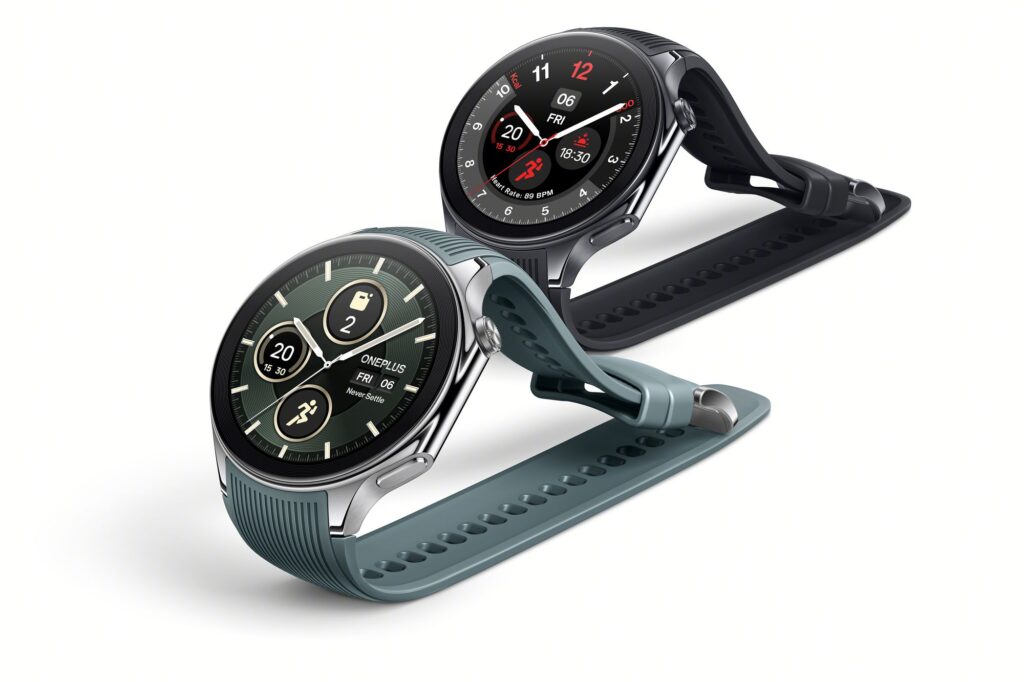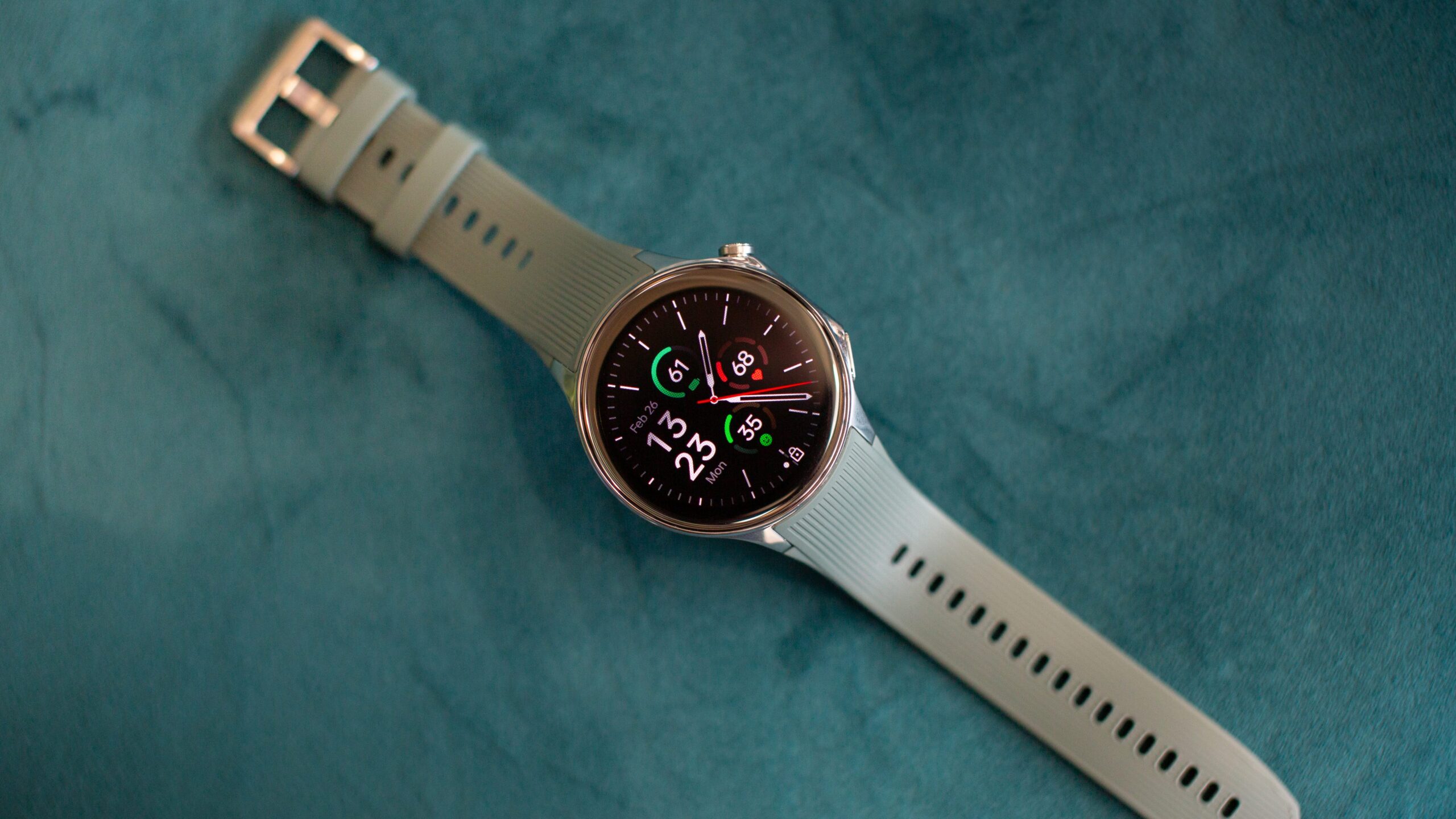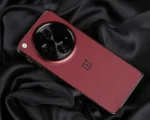Efficiency Boost: Google Empowers Manufacturers to Optimize Notification Battery Usage for Wear OS 4 Devices
Recent reports suggest that Wear OS 4, Google’s latest iteration of its smartwatch operating system, has undergone a transformative tweak aimed at enhancing battery longevity for wearable devices. This modification involves redirecting the processing of notifications to a separate system, thereby optimizing power consumption and bolstering the overall battery performance of smartwatches running on Wear OS 4. The introduction of this feature marks a notable advancement in wearable technology, offering users an improved and more efficient experience with their smartwatches.
The OnePlus Watch 2, unveiled during the Mobile World Congress (MWC) 2024, is set to be the pioneering device to support this innovative functionality. With its integration of Wear OS 4 and compatibility with the optimized notification system, the OnePlus Watch 2 promises users an extended battery life, ensuring uninterrupted usage throughout the day. This strategic collaboration between OnePlus and Google underscores the commitment of both companies to deliver cutting-edge technology and user-centric innovations in the realm of wearable devices.
Traditionally, notifications on Wear OS devices have been processed by the application processor (AP), which typically handles tasks requiring higher computational processing. However, this approach often results in increased power consumption, particularly during the display of notifications.
To address this issue, Google has empowered manufacturers to relocate the notification system to the microcontroller unit (MCU) on Wear OS 4 devices. By leveraging the efficiency of the MCU for handling notifications, manufacturers can significantly reduce battery drain associated with notification display, thereby enhancing the overall energy efficiency of Wear OS 4 smartwatches.

The report highlights that the functionality was specifically designed for the OnePlus Watch 2, however, it is now going to be expanded to more smartwatches as well. Bjorn Kilburn, Vice President of Wear OS at Google told the publication that other companies will also be able to use this capability. This means going forward, showing notifications, dismissing them, or quickly replying to them will all be handled by the MCU. For the end user, this change is not likely to be visually noticeable, but they will be able to see the difference in terms of a longer-lasting battery cycle.
The OnePlus Watch 2 was showcased on Monday at MWC. The company’s latest smartwatch sports a 1.43-inch round AMOLED display and is powered by a Snapdragon W5 chipset as well as a BES2700 chip or background activity. It is backed by a 500mAh battery with 7.5W charging support. The OnePlus Watch 2 is priced at Rs. 24,999 and will go on sale starting March 4 via Amazon, Flipkart, Myntra, OnePlus online store, Reliance Digital, Croma, and other offline stores.
On Monday, Google also announced two more Wear OS features. Google Wallet passes have finally been made available on Wear OS and users will be able to access different kinds of passes directly from their smartwatches. Second, Google Maps for Wear OS can now show public transit directions to help users catch a bus, a train, or a ferry.


















